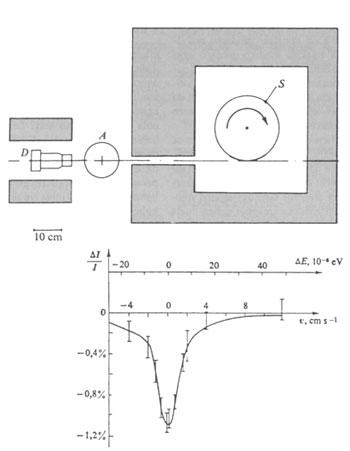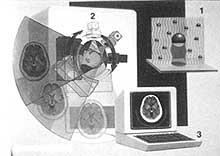EMN: new step
1989/04/01 Elhuyar Zientzia Iturria: Elhuyar aldizkaria
At present, NMR is popularly known for its use in the field of medicine, but its origin has not been that.
NMR was born in the mid-1940s and its first use was to analyze the basic characteristics of atomic nuclei. However, the chemicals were the ones that most pushed into the development of NMR. In fact, when a certain atomic nucleus is subjected to a magnetic field, they realized that its resonance frequency depends on the surrounding electronic atmosphere. In plain words, the resonance frequency of a core depends on the atoms surrounding it. For this reason, NMR is wound when it comes to knowing the structure of chemical compounds.
In the development of NMR, liquid and gaseous samples have never caused problems, while solid samples have done so. With the use of solid samples it was impossible to obtain EMN sprektrograms of good resolution. This posed serious problems to crystallographers when they wanted to study crystals with NMR. In 1958 the problem was partially solved with the start-up of the “magic angle nuclear magnetic resonance imaging” (MAS EMN). This technique consists of rotating solid samples with an angle of 54,74º with respect to the magnetic field, obtaining good resolution spectra.
However, this technique did not serve for all atomic nuclei (11B, 17O and 23 Na for example).
A new technique has been developed in the laboratory A. E. of the University of Pines and Estonia Lippma and A. The physicists Samonson. The new technique is called “double rotation nuclear magnetic resonance”. Instead of spinning the solid sample over a single angle, it is rotated over the two angles. These angles are 54,74º and 30,5º. Through this technique, high resolution spectra of 23 nuclei of Na have been obtained.

Gai honi buruzko eduki gehiago
Elhuyarrek garatutako teknologia





